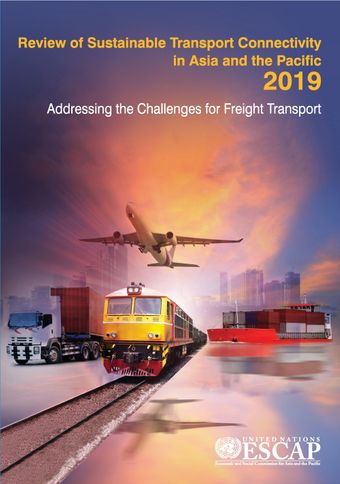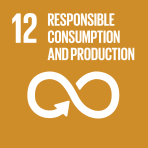Introduction

- Author: United Nations
- Main Title: Review of Sustainable Transport Connectivity in Asia and the Pacific 2019 , pp 1-1
- Publication Date: March 2020
- DOI: https://doi.org/10.18356/87efe40a-en
- Language: English
- Previous Chapter
- Table of Contents
- Next Chapter
Among all the factors directly influencing the capacity of Asia and the Pacific to deliver on the 2030 Sustainable Development Agenda, freight transport stands out as a continuous challenge and a tremendous opportunity for the transition to economic, social and environmental sustainability.The demand for transport and mobility, as compounded by the emergence and continued development of geographically dispersed supply chains, while already consuming a major part of the regions natural resources, is continually on the brink of exceeding capacity. Within the transport sector in Asia and the Pacific, freight and logistics account for a significant portion of total energy use in many countries upward of 40% and a correspondingly large share of carbon dioxide (CO2) emissions. Furthermore, on account of economic development and population growth, the region is expected to face substantial increases in trade shares and, thus, freight volumes. Accordingly, some estimates suggest that in Asia, ton-kilometres from surface freight will increase by 261% from 2015 to 2050, accounting for more than two-thirds of all surface freight globally. From an infrastructure perspective alone, ESCAP estimates that the Asia and Pacific region requires a total investment of $126 billion to upgrade the regional transport systems and construct missing links in the identified rail, road and intermodal network.
-
From This Site
/content/books/9789210046176c004dcterms_title,dcterms_subject,pub_keyword-contentType:Journal -contentType:Contributor -contentType:Concept -contentType:Institution105



